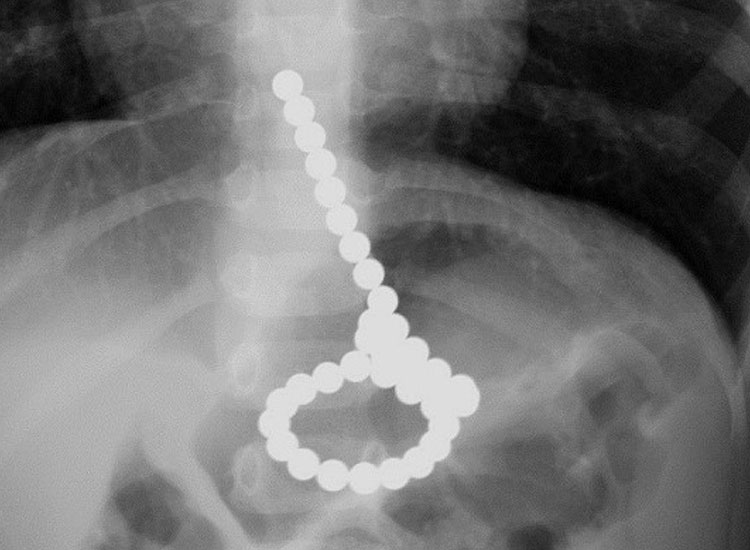

Pediatric organizations applaud regulatory action to keep dangerous products out of children’s hands
October 21, 2022 Washington, D.C. — Today, a new safety standard takes effect for high-powered magnets, which will protect children from the serious injuries or death that can occur when two or more magnets are ingested. The rule, released by the U.S. Consumer Product Safety Commission (CPSC) last month, puts the rigorous safety standard in place nearly six years after the U.S. Court of Appeals for the Tenth Circuit overturned the CPSC’s 2014 magnet sets rule, vacating and sending it back to the Commission.
The magnet set rule is in response to an ever growing number of hazardous magnet ingestions among children. According to the CPSC, there were an estimated 2,500 magnet ingestions treated in emergency departments in 2021 that were caused by products that are now included in the new safety standard. When two or more of these powerful magnets are ingested, their attractive force allows the magnets to “find” each other across or between different segments of the digestive tract, placing children at a remarkably high risk of catastrophic abdominal injury and death.
For more than a decade, the North American Society for Pediatric Gastroenterology, Hepatology and Nutrition (NASPGHAN) and the American Academy of Pediatrics (AAP) have advocated for a strong federal safety standard for small, high-powered magnets that can be life-threatening if accidentally ingested. Serious injuries associated with these dangerous products fell precipitously after CPSC’s earlier 2014 rule took effect, and then rose rapidly after it was overturned. The two pediatric health organizations commend the CPSC for recognizing the significant hazard high-powered magnets pose to children and for taking this important regulatory action to restore these critical protections.
“Children swallow a lot of things that they shouldn’t, but these magnets are particularly terrifying because they can easily cause severe intestinal trauma,” said NASPGHAN President Jenifer Lightdale, MD, MPH. “For more than a decade, NASPGHAN and pediatric gastroenterologists across the country never gave up on trying to protect kids from these dangerous products. Today we celebrate the CPSC’s action that will effectively ban the sale of high-powered magnet sets that have caused injury to so many children.”
“Pediatricians have witnessed first-hand the tragic consequences caused by accidental ingestions of high-powered magnets in their own patients and have long been sounding the alarm for strong regulatory action,” said AAP President Moira Szilagyi, MD, PhD, FAAP. “The new safety standard will go a long way toward ensuring these dangerous products do not find their way into children’s hands, preventing serious injuries and saving lives.”
The new regulations establish a two-part performance requirement, starting with a determination of whether a magnet is small enough to be swallowed. If the magnet is small enough to fit within the small parts cylinder, it must meet a strength requirement of a flux index less than 50 kG2mm2. The safety standard applies to consumer products designed, marketed, or intended to be used for entertainment, jewelry (including children’s jewelry), mental stimulation, stress relief, or a combination of these purposes, and that contain one or more loose or separable magnets.
Children should receive immediate medical attention for a known or suspected magnet ingestion. Consumers and health care providers are strongly encouraged to report incidents of ingestions to www.saferproducts.gov.
###
About AAP
The AAP is an organization of 67,000 primary care pediatricians, pediatric medical subspecialists and pediatric surgical specialists dedicated to the health, safety and well-being of infants, children, adolescents and young adults. For more information, visit www.aap.org and follow us on Twitter @AmerAcadPeds
About NASPGHAN
NASPGHAN represents more than 2,500 pediatric gastroenterologists in the United States, Canada, and Mexico, and is the only organization singularly dedicated to advocating for children with gastrointestinal disease.
Press Inquiries:
Camille Bonta
NASPGHAN
(202) 320-3658
cbonta@summithealthconsulting.com
Devin Mazziotti
American Academy of Pediatrics
dmazziotti@aap.org





